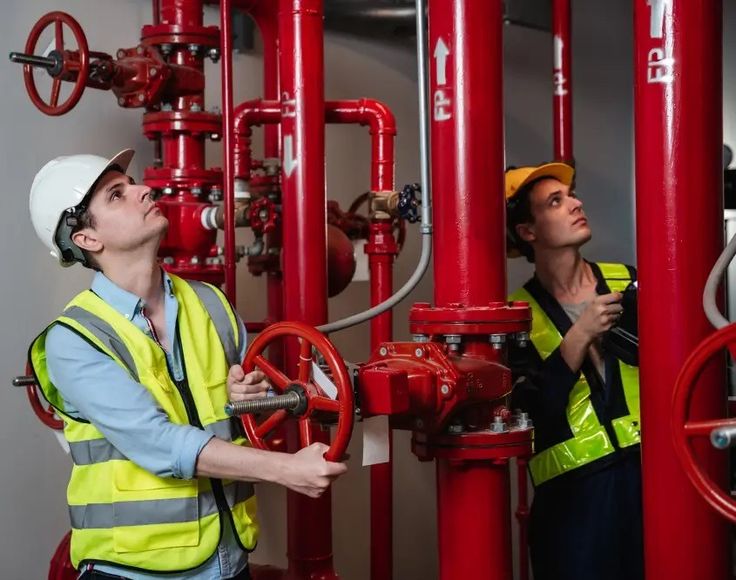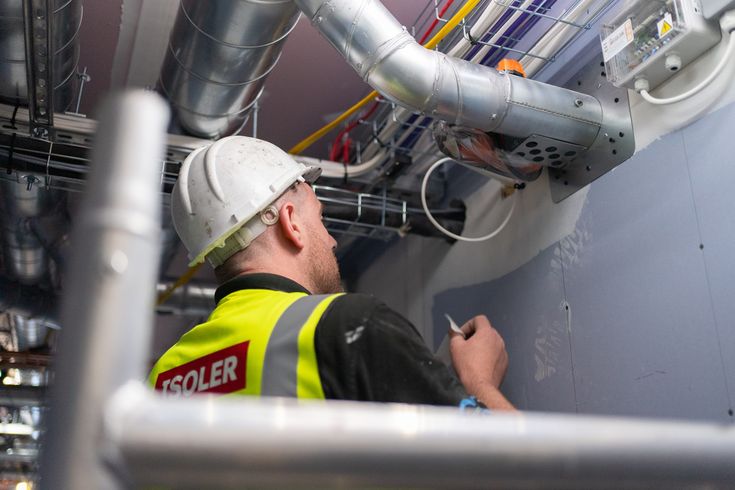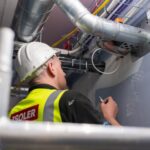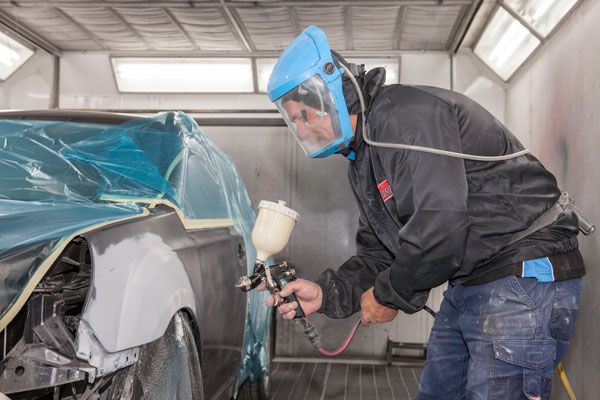The construction of pipelines is a complex yet significant task that supports companies and connects people. When you want to transport a long distance oil or gas or even water, you have to plan in advance to ensure that your venture is successful. It might not be easy to comprehend at first how pipeline building is done, but, with the appropriate information and plans, you can be positive that you will go through this complex process without problems.
Since planning is done at first phases and implementation is done on-site, every stage is vital in ensuring that everything is smoothly run. This is because by focusing on the crucial measures needed to complete the task, such as acquiring the required equipment and following the required safety standards, you will be prepared to face any obstacle that will be on your way to success. It is time to enter pipeline construction and understand why you can plan your next project well!
Introduction to the 101 of Pipeline Construction.
The process of constructing a pipeline is a complex sequence of operations that will be aimed at the safe and effective transportation of fluids. It begins with a thorough examination of the site whereby engineers examine the terrain, the condition of soil and the impact on the environment. This is a great measure that ensures the proposed path will succeed.
Planning the design is the next task. In this case, the materials, sizes, and pressure values of pipes are specified according to what is going to be carried, whether it is oil, gas or water.
After approving of the designs, it is necessary to have permit. It is not only a question of red tape to follow the rules that save people and ecosystems, which can face various threats.
Construction may be performed by trenching or boring depending on the nature of the terrain. Pipes are laid by the workers who ensure that all the safety measures are observed at each stage.
These basics will make it easier to have successful pipeline projects, which will satisfy industry needs without interfering with the safety and effectiveness. Any choice at this initial phase can be a long term consequence over the project life cycle.
Planning and Preparations: What You Have to Do Before it Begins to Build.
A pipeline construction project should be planned out before a project is undertaken. Begin with specifying the objectives of your project. All further steps will be based on this.
Thereafter, do extensive studies regarding the land and environmental effects. It is possible to inform you about the ground conditions and select the most appropriate routes and reduce the chances of soil erosion or water pollution.
Consult the stakeholders at the initial phases. These involve such groups as environmental groups, local communities and the governmental agencies. Their feedback could enable you to see the light and make people back up your project.
Create an entire timeline of all the key stages in the beginning to the end. A coordinated timetable ensures the responsibility of everybody and the monitoring of the progress in the right manner.
Assemble a group of experienced personnel in the pipeline projects. This knowledge will prove to be highly significant in addressing the issues that may arise during the construction process and yet adhering to the rules and standards of the industry.

Equipments and machinery required to construct a pipeline.
The construction of pipelines requires numerous special instruments. Bulldozers and excavators are heavy machines that assist in the excavation of trenches as well as the relocation of dirt. These machines are needed in order to create the path through which the pipes will pass.
Welding tools are also of great essence. It ensures that the pipes between the joints are tight and free of leakage. The kind of welding equipment required depends on the nature of the pipeline and the type of material used; steel or plastic.
Also, safety equipment may not be neglected. Protective eyewear, hard hats and gloves protect the workers against hazards they may encounter at the workplace.
The materials are also made depending on the requirements of the project. Oil and gas lines are often done by using steel pipes and water systems are often done by using PVC pipes.
By combining the proper combination of tools/materials in advance, the occurrence of this extra setback and glitch in your project is reduced.
Maintaining Costs and being within budget.
Cost control in the construction of the pipeline is an important aspect of the project. The first thing to do is to develop a comprehensive budget that would cover all the anticipated costs. This must cover labour, materials, equipment hires and any unexpected contingency.
Consistently look at your budget as the project goes on. You must ensure that you follow up the spending carefully and match it with what you had planned. This caution assists in the provision of where excess expenditure is possible.
Look into the use of technology to control costs. Budgeting can be simplified with the help of software tools and provide you with the most updated information regarding your finances.
Consult all stakeholders on cost issues at an early stage. Effective communication will make everyone know their part in making sure that they are operating within the budget limits.
Always ensure that your budget has the space of additional expenses or postponements. The pipeline projects tend to get into things which they did not want. Be prepared and you will save much financial pressure in the future.
Regulations and precautions of pipeline construction
The rules and regulations of safety are very important in the construction of pipelines. You do not only have to do the job but also do it safely. The initial step involves the knowledge of what the rules are. One should keep up with the times since various regions might have their rules that are to be observed.
Education of workers concerning safety rules is very important. All concerned parties must be aware of the risks and ways of minimizing them. Regular safety drills will also make your team prepared against any occurrence that may arise and ensure they are equipped in take of action in case of an emergency.
One more thing you cannot forget about is personal protection equipment (PPE). Very important to work safely on these projects include hard hat, gloves, easy to see clothes, and protective cover to the lungs.
In addition to this, by keeping everyone in the team on track, accidents can be prevented. Make use of signs and frequent meetings so that everybody gets to know of any changes in procedures or conditions on the site.
Adherence to environmental regulations is also included in this. At the very beginning, you need to consider waterways and local ecosystems protection in your plan.
The approach to safety as the main concern in all the stages of a pipeline construction, including the planning and implementation, can not only keep your workers safe, but it also assists the project itself to prosper and enhance the relations with the people in the areas where they are built.










